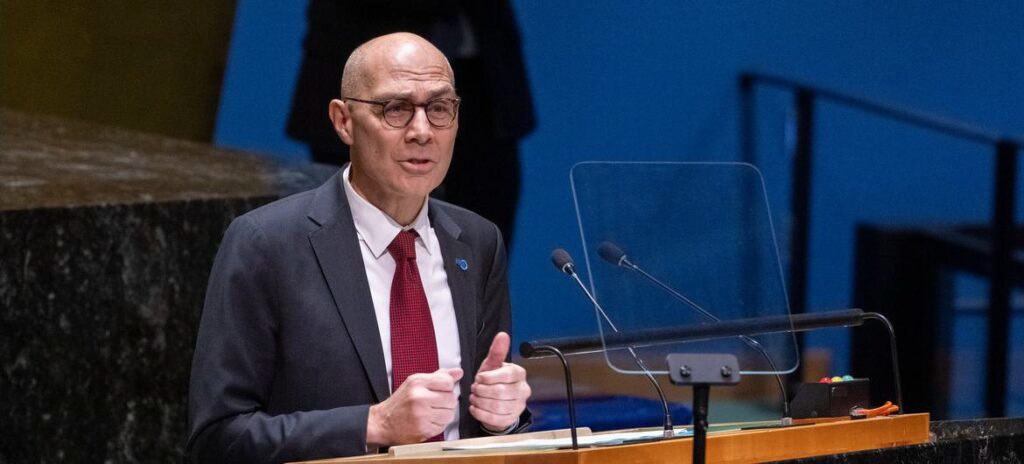UN Human Rights Commissioner Raises Alarm Over Air Quality in Bishkek
UN High Commissioner for Human Rights Volker Türk has expressed concern over deteriorating air quality in Bishkek during his official visit to Kyrgyzstan. The visit, focused on civil rights, freedom of speech, and economic development, also addressed pressing environmental issues affecting the Kyrgyz capital. Speaking at a press conference, Türk emphasized that Kyrgyzstan ranks among the most polluted countries in the region, and that air quality in Bishkek poses a serious threat to public health and the environment. “Despite some progress and financial support from international organizations, much more needs to be done to protect the environment,” he said. Türk urged Kyrgyz authorities to intensify efforts to combat climate change and to increase investment in green initiatives. He underscored the importance of climate finance and the need for comprehensive, cooperative action. “This issue must be addressed in partnership and through a climate change lens,” he said. “While there have been financial injections from international donors, they have not yet translated into sufficient results. Each country bears responsibility. Green investments are essential, not just for Kyrgyzstan, but for all nations. The government must take stronger, more effective action.” According to the 2024 World Air Quality Report from IQAir, cities across Central Asia consistently exceed World Health Organization (WHO) recommendations for fine particulate matter (PM2.5). The report notes the following annual average concentrations (in micrograms per cubic meter): Dushanbe: 46.3 Tashkent: 31.4 Bishkek: 21.2 Osh: 20.5 Almaty: 20.3 Astana: 15.4 For context, the WHO’s recommended safe limit for PM2.5 is no more than 5 micrograms per cubic meter.






